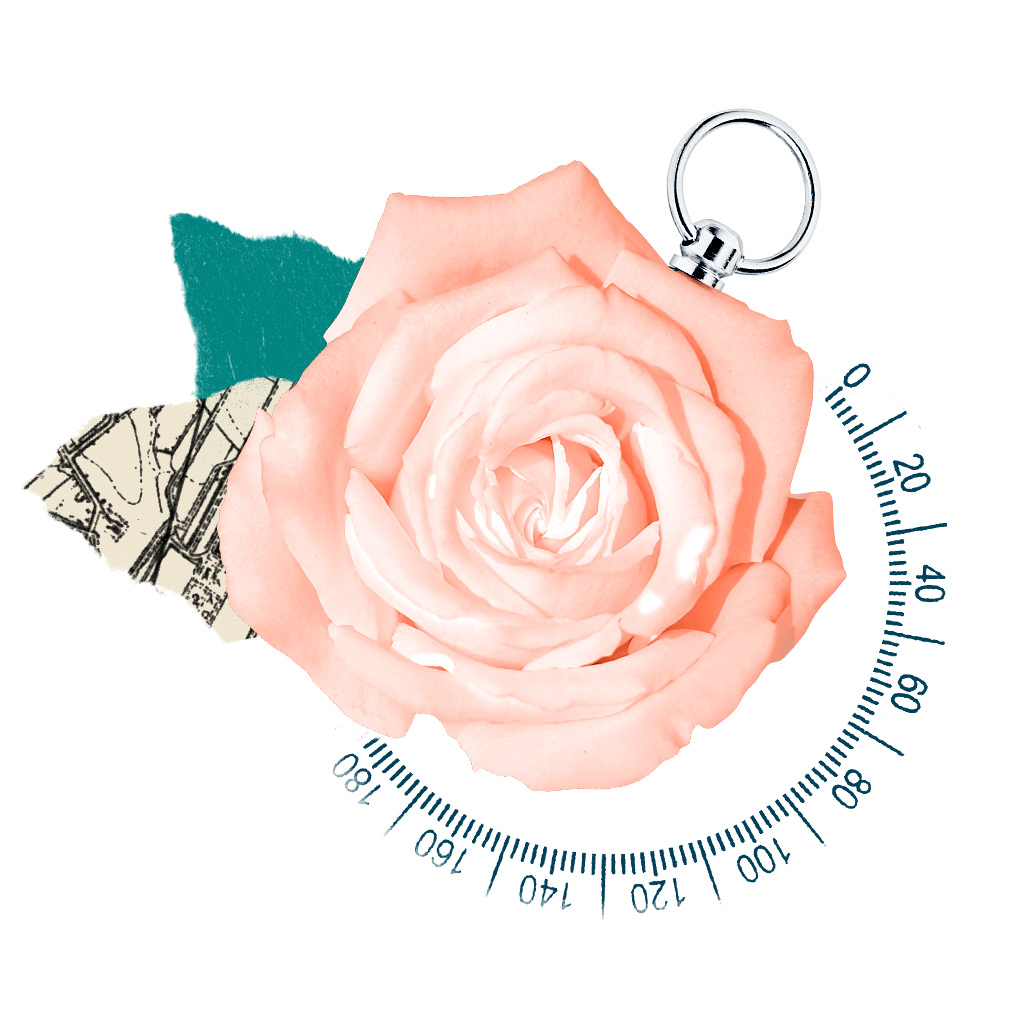Find Lessons
We’ve scoured the best sources from around the world and put them in one place. Use our filter below to find what works best for you and your students.

We’ve scoured the best sources from around the world and put them in one place. Use our filter below to find what works best for you and your students.

16 Results Meet Your Requirements
Create a poem based on letters written by Holocaust victims sent to family members from home, hiding, ghettos, prisons, and concentration camps.
Students will learn the definition of being a bystander to the Holocaust. They will have the opportunity to think critically about what it really means to be a bystander, the different levels of inactivity and passivity, and whether or not calling oneself a bystander deflects responsibility.
Watch a video on bystanders in the small town of Buczacz in the Ukraine by Facing History and Ourselves. Students will catch a glimpse of the side of the Holocaust that was not carried out by systematic murder in the camps.
Students will watch a documentary on the Stanford Prison Experiment. Open the class into a discussion on the psychology of violence and group behavior.
Complete an activity having students analyze photographs from the Holocaust with and without context; the photos are from the United States Holocaust Memorial site. Students see the actions of perpetrators, bystanders, and victims in these primary sources.
Read through an account by survivor Primo Levi on identity in the camps and then take the class through an activity on dehumanization using the Echoes & Reflections Timeline of the Holocaust.
A brief case study highlights how individual decisions strengthen Nazism.
Milton Mayer, an American journalist and educator, interviewed people to find out how they reacted to Hitler’s policies. Students will read a testimony from a German professor on his being a bystander during the Nazi era.
Students will learn about a Swedish diplomat who helped save upwards of 100,000 Hungarian Jews before disappearing under mysterious circumstances in 1945.
Listen to a podcast episode from We Share the Same Sky presented by USC Shoah Foundation. Students will hear about the host’s experience visiting Sobibor extermination camp and her connection to the victims.
This lesson focuses on the Rosenstrasse Protest, a woman-led public demonstration in Berlin in 1943 against the deportation of Jewish men and boys and "mixed-race" men and boys.
Read through a testimony provided by one of the people saved by Oskar Schindler. Understand what it was like for a Jewish person to trust a German during this time.